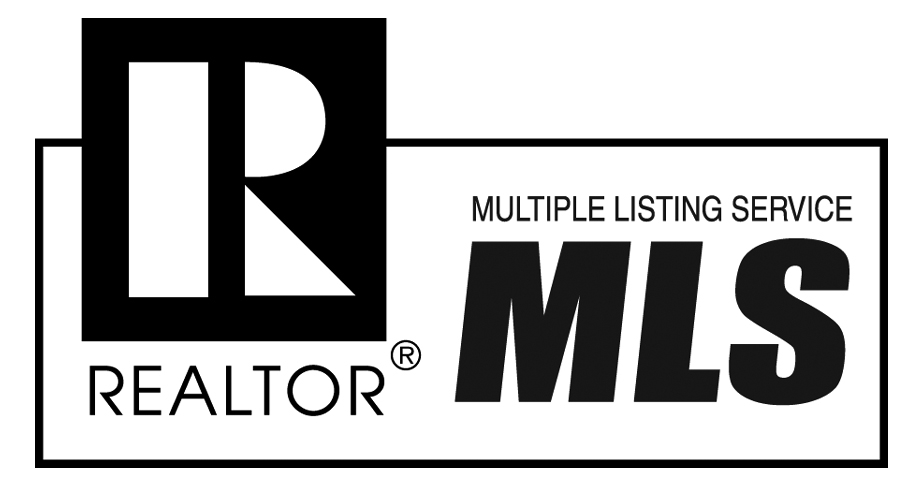Oahu Real Estate | Seller's Disclosures & Buyer's Due Diligence in Hawaii (Part 1)
 Sun, March 11, 2018 by
Sun, March 11, 2018 by  By Yvonne Ahearn (B), Realtor-Broker
By Yvonne Ahearn (B), Realtor-Broker Issues involving seller’s disclosures and buyers due diligence come up every day in Oahu Hawaii Real Estate. These matters are of utmost importance and are some of the primary issues that commonly make or break an Oahu real estate transaction. But what are the obligations and requirements for Seller’s disclosures and Buyer’s due diligence regarding the sale of real estate in Hawaii? I will discuss each separately, starting with Seller’s Disclosures in Part 1.
Seller’s Real Property Disclosures
In any residential real estate transaction, a Seller is required to make disclosures of “any fact, defect, or condition, past or present, that would be expected to measurably affect the value to a reasonable person of the residential real property being offered for sale.“ (Emphasis added. HRS Section 508D-1.)
The Hawaii residential real property disclosure legal obligations are contractually set forth in Section I of the Hawaii Association of REALTORS (HAR) Purchase Contract (hereinafter “Purchase Contract”). The Purchase Contract, when executed, also contractually extends the disclosure obligations to non-residential real property being purchased thereunder.
Under Section 508D-1, required seller real property disclosures are limited to those items which:
(1) Are within the knowledge or control of the seller;
(2) Can be observed from visible, accessible areas; or
(3) Are required to be disclosed under sections 508D-4.5.
(Emphasis added, HRS Section 508D-1.)
Note: HRS Section 508D-4.5 concerns disclosures or waivers of liability from contractors, architects, engineers and other similar professionals.
Typically, the disclosures will include (but are not limited to) things like repairs, improvements, additions, defects, deaths, crimes or notorious events on the property, loud and recurring noises, bad smells, settling, erosion, flooding, water intrusion, leaks, lack of building permits, etc. The list can go on and on.
How detailed and thorough must the disclosure statement be?
That is a somewhat subjective question, but the statute states as follows:
“A seller or the seller’s agent shall prepare the disclosure statement in good faith and with due care. A buyer shall have no cause of action against a seller or seller’s agent for, arising out of, or relating to the providing of a disclosure statement when the disclosure statement is prepared in good faith and with due care. For purposes of this section, “in good faith and with due care” includes honesty in fact in the investigation, research, and preparation of the disclosure statement and may include information on the following:
(1) Facts based on only the seller’s personal knowledge;
(2) Facts provided to the seller by governmental agencies and departments;
(3) Existing reports prepared for the seller by third-party consultants, including without limitation a: (A) Licensed engineer; (B) Land surveyor; (C) Geologist; (D) Wood-destroying insect control expert; or (E) Contractor, or other home inspection expert; dealing with matters within the scope of the professional’s license or expertise for the purpose of the disclosure statement; and
(4) Facts provided to the seller by a managing agent of a homeowner’s association, including without limitation, a condominium, cooperative, or community association.
Notwithstanding this subsection, a seller or seller’s agent shall be under no obligation to engage the services of any person in the investigation, research, or preparation of the disclosure statement. The failure to engage the services of any such person for this purpose shall not be deemed an absence of good faith or due care by the seller or the seller’s agent in the investigation, research, or preparation of the disclosure statement. The delivery to the buyer of reports or facts within the scope of paragraph (2), (3), or (4) after the date of the initial disclosure statement shall be considered an amendment of the disclosure statement.”
(Emphasis added. HRS Section 508D-9.)
The HAR has developed a fairly comprehensive disclosure form for Sellers to fill out (Seller’s Real Property Disclosure Form or “SRPD”) which is required by law. The SRPD form asks specific detailed questions, however, it is not necessarily all-inclusive. If the Seller has other material information about the property, it should accompany the SRPD.
What does all of this mean to the Seller?
Based on the above, it is very clear that the Seller should always be honest and do his/her best, to his/her knowledge, in filling out the SRPD and providing disclosures. Personally, I advise my clients to disclose any fact, defect, or condition that they know about the property, even if they think it does not measurably impact the value of the property. I think is it also prudent to provide as much original supporting and stand-alone documentation, as possible, as to disclosed facts. It is in a Seller’s own best interest to fully disclose any and all details that they are aware of. And of course, it is almost always in the Sellers best interest to let the Buyer know of improvements to the property.
However, Buyers should note that there is no affirmative legal obligation on Sellers to do research, request information or documents, or speak to any other person in order to find out, investigate, discover or trace the past history of repair, defects, improvements, or other disclosable matters with respect to the property. The Seller also is not responsible for making disclosures concerning areas that are inacessible to the Seller or which the Seller is unable to inspect.
An exception to this is a Seller’s affirmative legal obligaton to provide recorded declarations, such as those more commonly referred to as CCR’s, protective covenants, or condominium documents. (See HRS Section 508D 3.5.) The Seller’s legal obligation is made a contractual obligation, also, by being expressly set forth in Section M-1 of the Purchase Contract. In Hawaii, most recorded declarations will be provided in the Title Report for the property. Typically CCRs will come with the title report unless there is a specific owners’ association. However, in most cases the recorded documents will be delivered to the Buyer as part of a “Condo Documents” package professionally prepared by the AOAO or other third-party vendor.
The Hawaii Association of REALTORS SRPD Form has the following statement, which in part, reiterates the statutory language of various provisions of 508D:
The SRPD form specifically states that the SRPD is not a warranty and that it must be completed by the Seller only. This form is not to be completed by the REALTOR, but is intended to record only the Seller’s good faith disclosures. The form is not a simple YES/NO as to most items, but also includes the vague option of NTMK (Not To My Knowledge). This reinforces the concept that the contents of the disclosure are to be based upon the Seller’s, and only the Seller’s, actual knowledge at the time of completing the disclosures..
Buyer’s Due Diligence
Seller provides the disclosures and now what?
Continued in Part 2 of this series…
All information on this site is believed to be reliable but is expressly not guaranteed. Blog Posts by various authors are the opinions of the author only and do not necessarily reflect the position of Home Shoppe Hawaii or other contributors. This blog does not give legal or tax advice and readers are encouraged to check with licensed professionals for advice on any specific topic and to verify any information herein. Questions? Please contact Yvonne Jaramillo Ahearn at 808-721-8088.
in Boring but Important,
Boring but Important,  Buying a Home on Oahu,
Buying a Home on Oahu,  Selling Oahu Homes
Selling Oahu Homes
 Email Article
Email Article  Print Article
Print Article  SRPD,
SRPD,  hawaii real estate,
hawaii real estate,  law on real estate disclosures hawaii,
law on real estate disclosures hawaii,  oahu real estate,
oahu real estate,  real estate disclosures hawaii,
real estate disclosures hawaii,  sellers real property disclosures Comments Off
sellers real property disclosures Comments Off  Permalink
Permalink 



